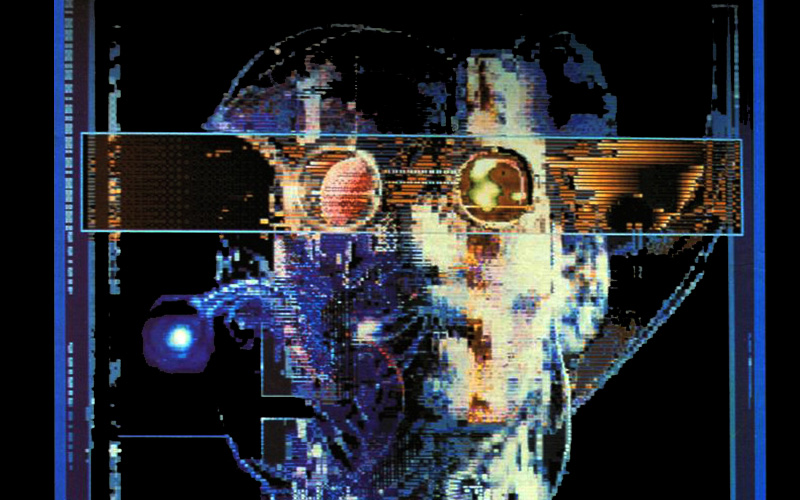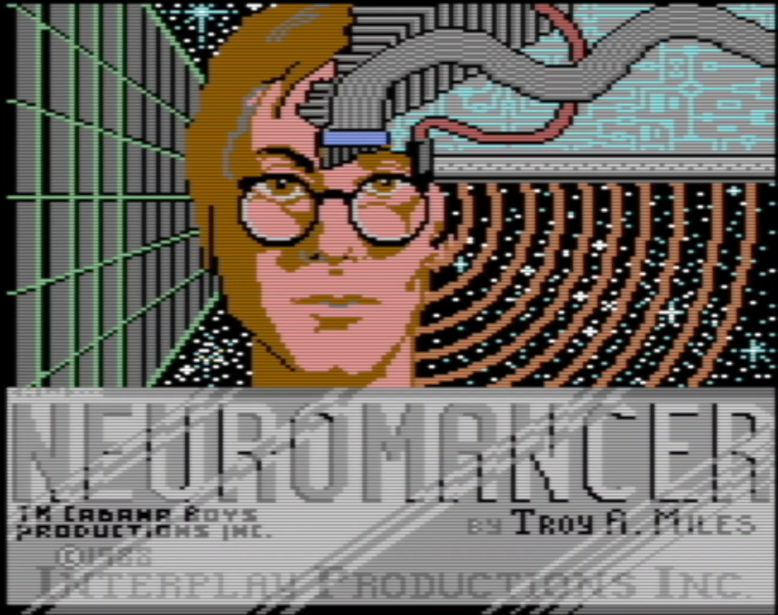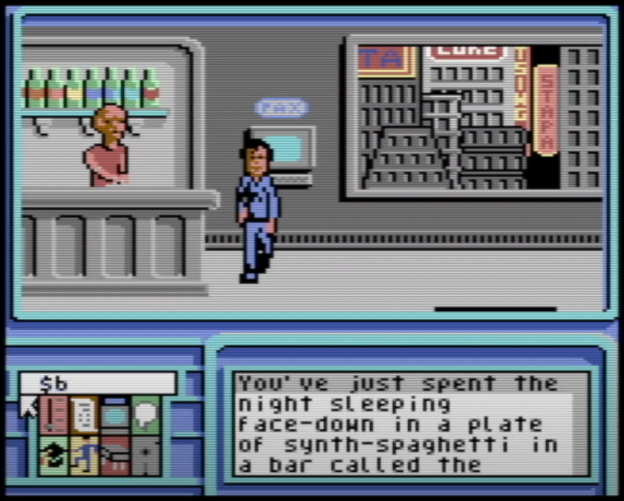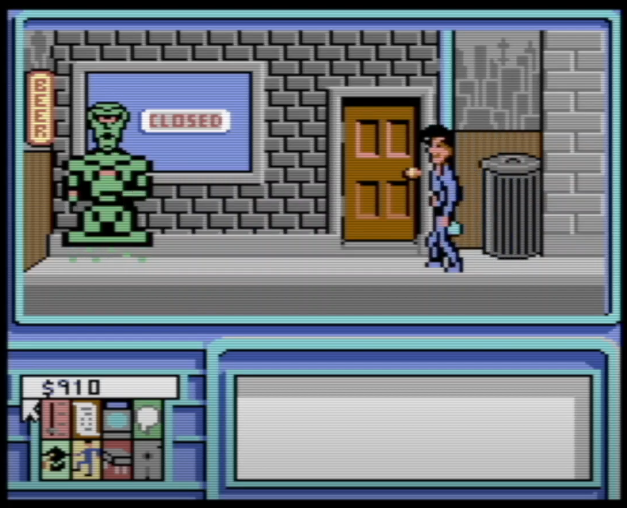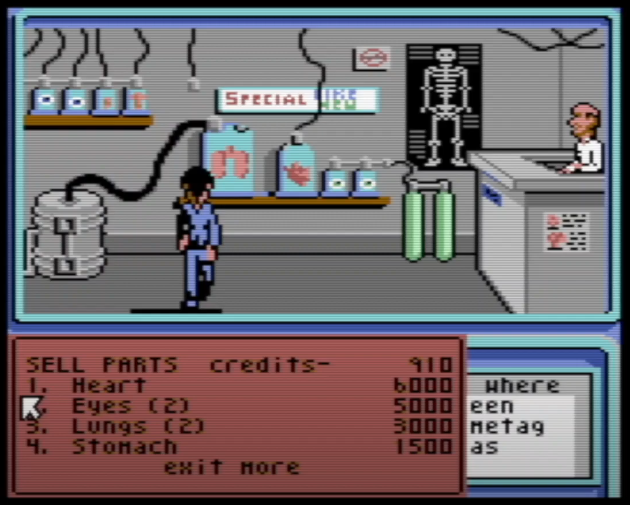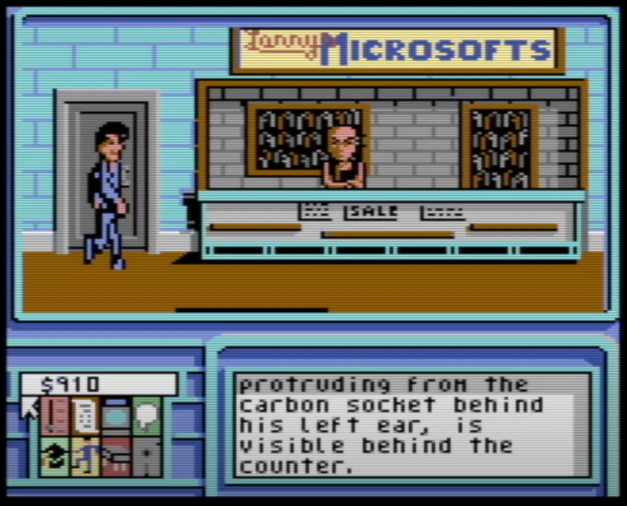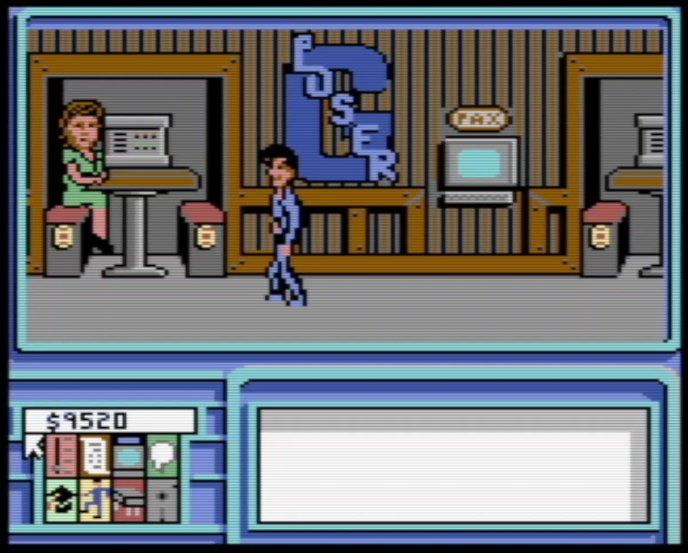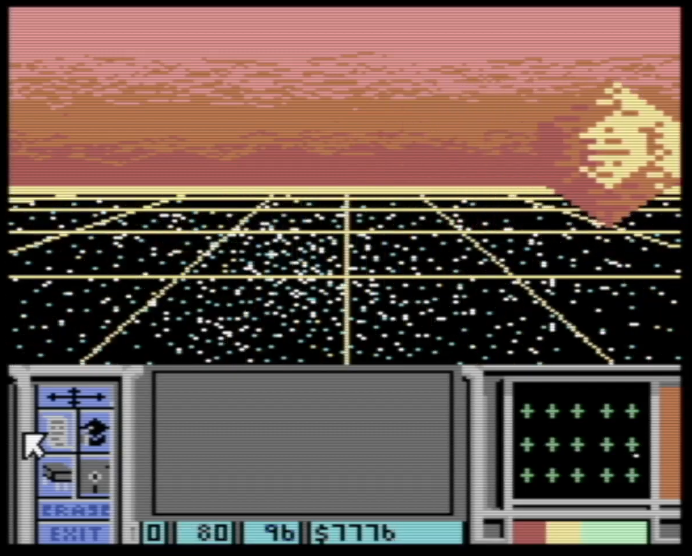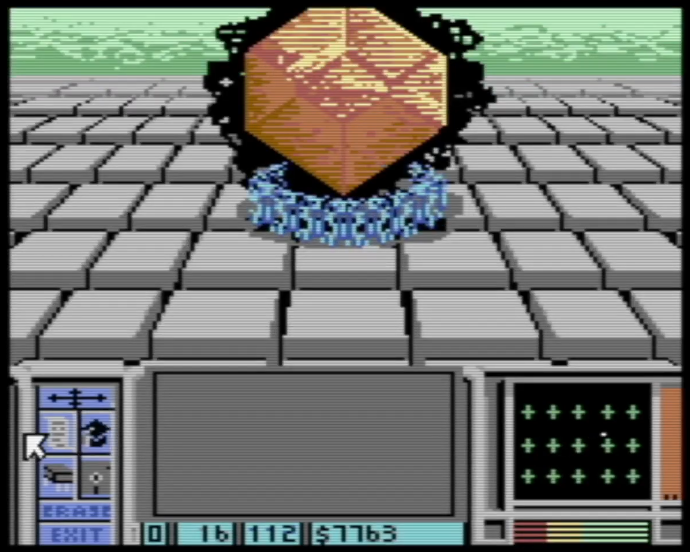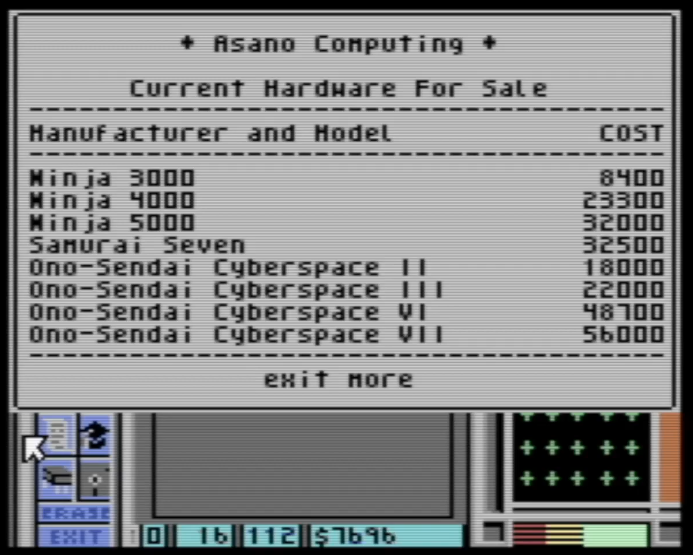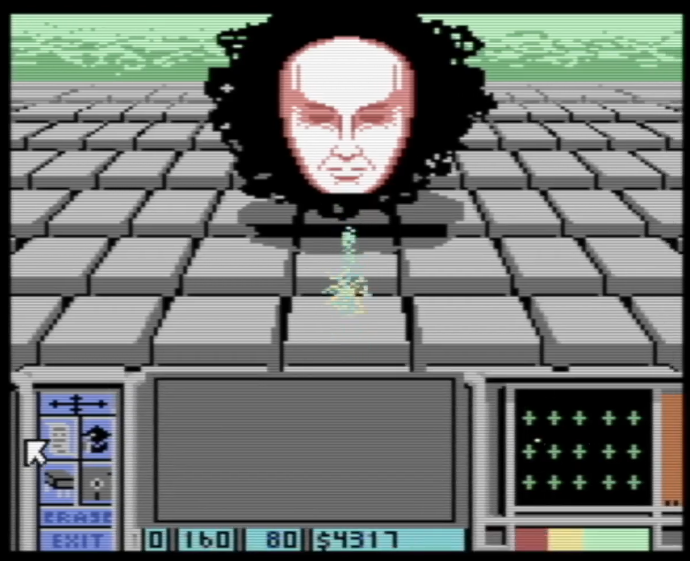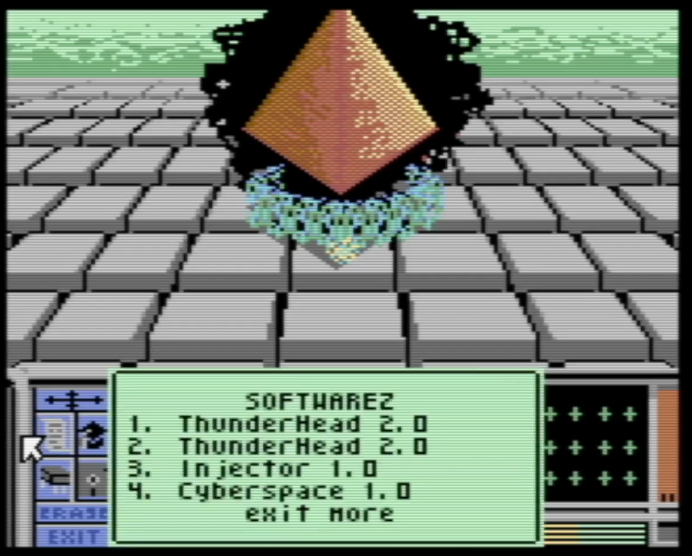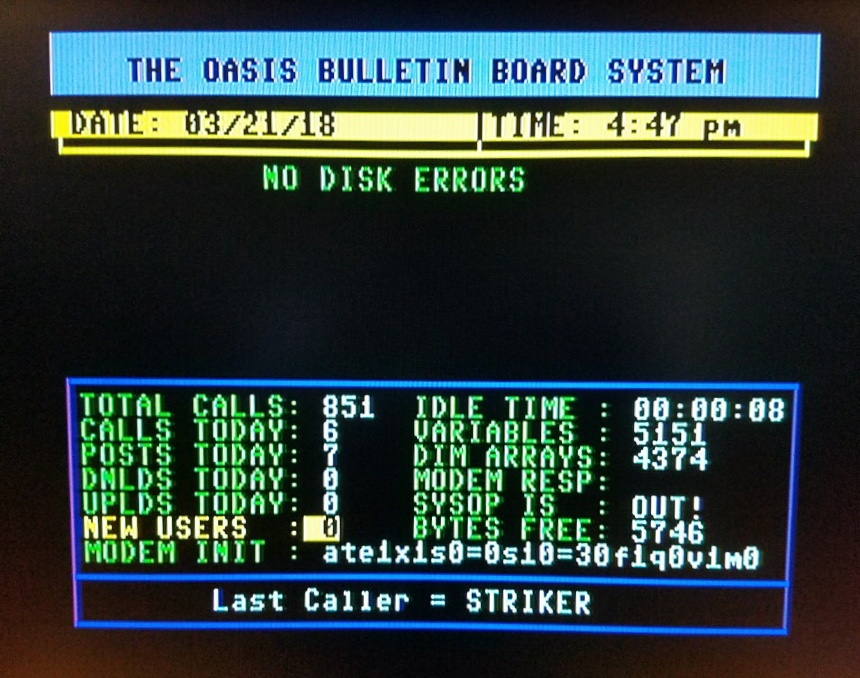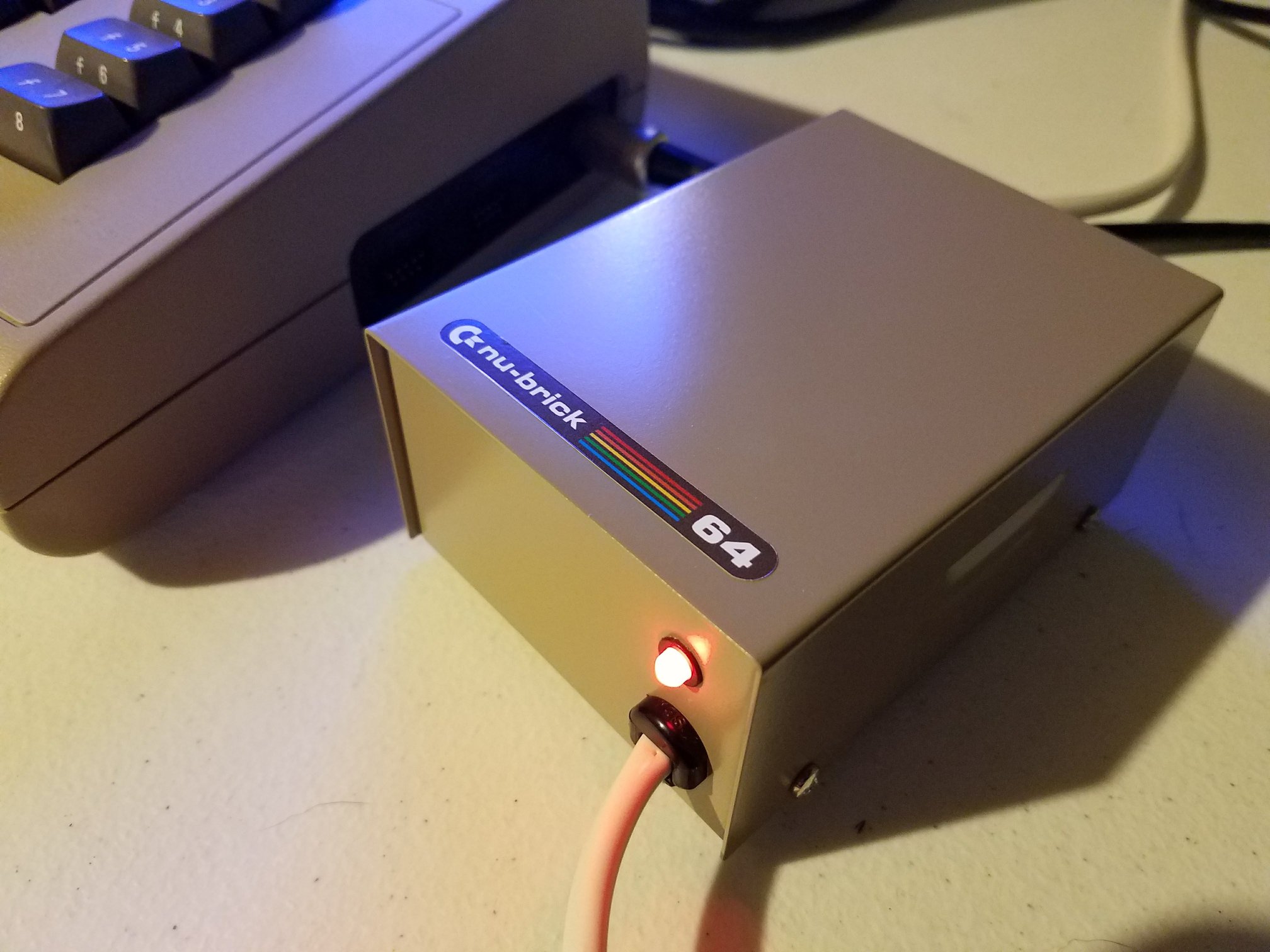Released for the Commodore 64 in 1988, Neuromancer became a defining moment in cyberpunk gaming. Inspired by William Gibson’s influential novel, this RPG brought the gritty, high-tech world of Neuromancer into home computers, blending text adventures with graphical interfaces in a way that left a lasting mark on the gaming industry.
Interplay’s adaptation of Neuromancer into a game was groundbreaking for its time. This review will explore its gameplay, visuals, sound, story, and characters, as well as its reception and lasting impact on RPGs and cyberpunk games that followed.
Gameplay Overview
Cyberpunk Setting
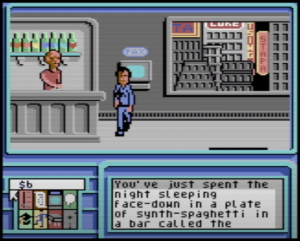 Neuromancer immerses players in a gritty, high-tech world faithful to William Gibson’s novel. Set in Chiba City, Japan, the game paints a picture of a dystopian future where corporations dominate and technology permeates every aspect of life. Players find themselves navigating a dense urban landscape, where cramped hotel rooms are common, and selling organs for cash is a daily reality. This bleak setting establishes a unique atmosphere for the game’s blend of adventure and RPG elements.
Neuromancer immerses players in a gritty, high-tech world faithful to William Gibson’s novel. Set in Chiba City, Japan, the game paints a picture of a dystopian future where corporations dominate and technology permeates every aspect of life. Players find themselves navigating a dense urban landscape, where cramped hotel rooms are common, and selling organs for cash is a daily reality. This bleak setting establishes a unique atmosphere for the game’s blend of adventure and RPG elements.
Adventure and RPG Elements
Interplay’s Neuromancer combines genres to create a captivating experience. Players start as a character who wakes up face-down in synthetic spaghetti at the Chatsubo bar, with no memory of recent events. This scenario sets the tone for the journey through Chiba City, where players gather clues and solve puzzles to progress.
RPG elements appear through the game’s skill chip system, where players can buy and upgrade skills like Cop Talk, Cryptology, and ICE Breaking. Unlike traditional RPGs, these skills function more like tools in an adventure game, mainly aiding in puzzle-solving rather than combat or character growth.
Hacking Mechanics
The core of Neuromancer lies in its innovative hacking mechanics. Players can eventually access cyberspace, a virtual world displayed as a grid with geometric shapes representing databases. Here, the game truly shines, offering a unique experience that became influential in the cyberpunk gaming genre.
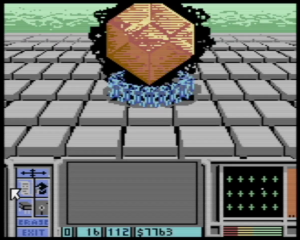 To hack, players acquire a cyberspace deck and various software. Breaking through ICE (Intrusion Countermeasure Electronics) defenses requires specialized tools, adding a strategic layer to gameplay. Combat in cyberspace affects both the player’s avatar and physical body, with an EEG monitor showing brain activity and gauges indicating damage to the cyberdeck and ICE defenses. This system builds suspense, making each hacking attempt feel intense.
To hack, players acquire a cyberspace deck and various software. Breaking through ICE (Intrusion Countermeasure Electronics) defenses requires specialized tools, adding a strategic layer to gameplay. Combat in cyberspace affects both the player’s avatar and physical body, with an EEG monitor showing brain activity and gauges indicating damage to the cyberdeck and ICE defenses. This system builds suspense, making each hacking attempt feel intense.
The hacking mechanics also tie into the game’s information-gathering. Players must collect data, passwords, and codes to move forward, encouraging exploration and attention to detail. This blend of puzzle-solving and hacking makes Neuromancer a distinctive experience with a lasting impact on gaming.
Graphics and Sound
Commodore 64 Visual Style
Neuromancer pushes the limits of the Commodore 64’s capabilities to create a visually rich experience. Using blocky graphics for the street scenes of Chiba City, the game conveys the harsh, urban feel of a cyberpunk world, while the low-resolution character sprites add a retro charm. Cyberspace is where the visuals stand out most, featuring a starfield backdrop and dynamic, swirling ICE defenses that make cyberspace sequences visually striking.
The user interface, especially in cyberspace, is thoughtfully designed to present critical information without sacrificing the futuristic aesthetic. Despite the limitations of its time, Neuromancer’s graphics create an immersive atmosphere that holds up even today.
Devo’s Soundtrack
One of Neuromancer’s most memorable features is its soundtrack, based on Devo’s song “Some Things Never Change” from Total Devo. The Commodore 64’s SID chip transforms this song into a catchy electronic tune that enhances the game’s cyberpunk mood.
Interestingly, the music doesn’t play continuously but rather appears at specific moments, allowing players to focus on sound effects and building a sense of suspense. From ambient city noises to cyberspace beeps, the sound design adds depth to the game’s world.
Overall, Neuromancer’s graphics and sound combine to create an atmospheric cyberpunk experience, making it one of the standout titles on the Commodore 64.
Story and Characters
Adaptation from Gibson’s Novel
While the Neuromancer game draws on William Gibson’s novel, it crafts its own unique storyline. Players assume the role of a down-and-out hacker in Chiba City, uncovering a conspiracy around missing “console cowboys” and rogue AIs. The story unfolds through environmental clues, PAX terminals, and database messages, challenging players to piece together details to understand the broader plot.
AI and Cyberspace
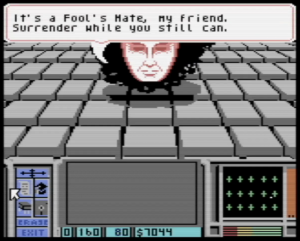 Artificial Intelligence plays a significant role in the game, appearing as both adversaries and key plot points. Multiple AIs inhabit the Matrix (the game’s cyberspace) and provide notable challenges. The Matrix itself is visualized as a 3D grid, with systems appearing as geometric shapes, giving players a unique sense of cyberspace as a “consensual hallucination.”
Artificial Intelligence plays a significant role in the game, appearing as both adversaries and key plot points. Multiple AIs inhabit the Matrix (the game’s cyberspace) and provide notable challenges. The Matrix itself is visualized as a 3D grid, with systems appearing as geometric shapes, giving players a unique sense of cyberspace as a “consensual hallucination.”
As players progress, they encounter rogue AIs, eventually learning that the AI Neuromancer manipulated them to eliminate other AIs and take control of the Matrix. This twist highlights themes of control and manipulation, staying true to Gibson’s cyberpunk vision.
Legacy and Impact
Influence on Cyberpunk Games
Neuromancer’s release in 1988 helped establish many of the core themes of cyberpunk gaming. Its portrayal of a dystopian future, complete with corporate dominance and virtual hacking, set the stage for many titles that followed. The game’s skill chip system, representation of AIs, and hacking mechanics have influenced numerous cyberpunk games.
Cult Classic Status
Over the years, Neuromancer has achieved cult classic status, celebrated for its innovative gameplay and atmospheric storytelling. Many players remember its challenging puzzles, immersive cyberspace scenes, and Devo’s iconic soundtrack. It continues to appear on lists of top games and remains a notable title in the Commodore 64’s history.
In fact, its legacy extends beyond gaming, with fans referencing Neuromancer in usernames and online identities, keeping the game’s memory alive.
Conclusion
The Neuromancer game for Commodore 64 was a landmark in cyberpunk gaming, blending creative gameplay with a compelling story inspired by William Gibson’s novel. Its unique take on hacking and cyberspace left an indelible mark on gaming, inspiring countless titles in the cyberpunk genre. Even decades later, Neuromancer captivates players and stands as a testament to its innovative design and enduring influence on the cyberpunk genre in video games.


